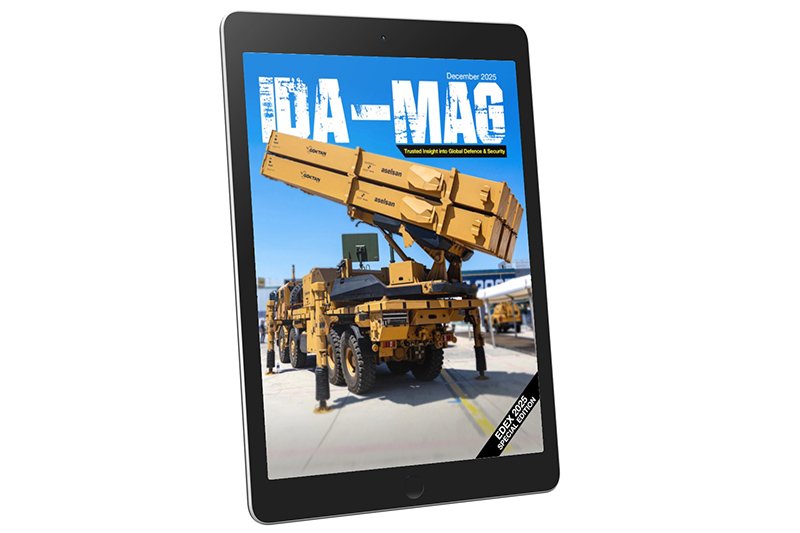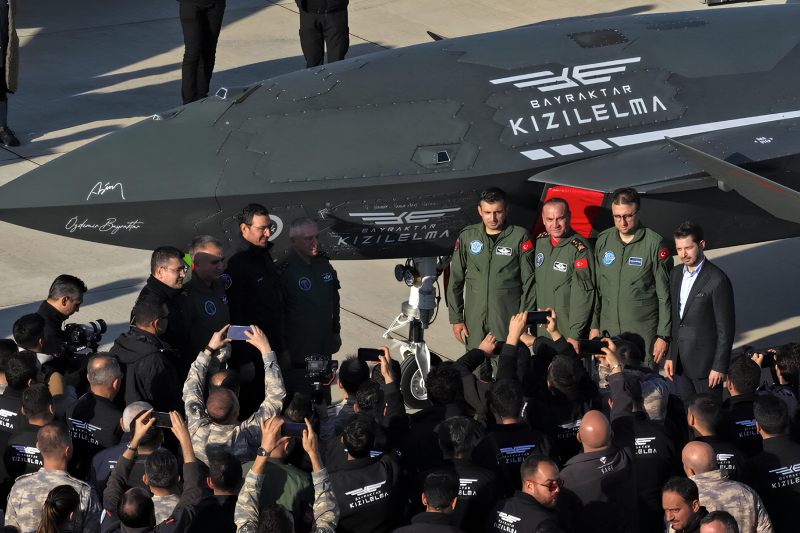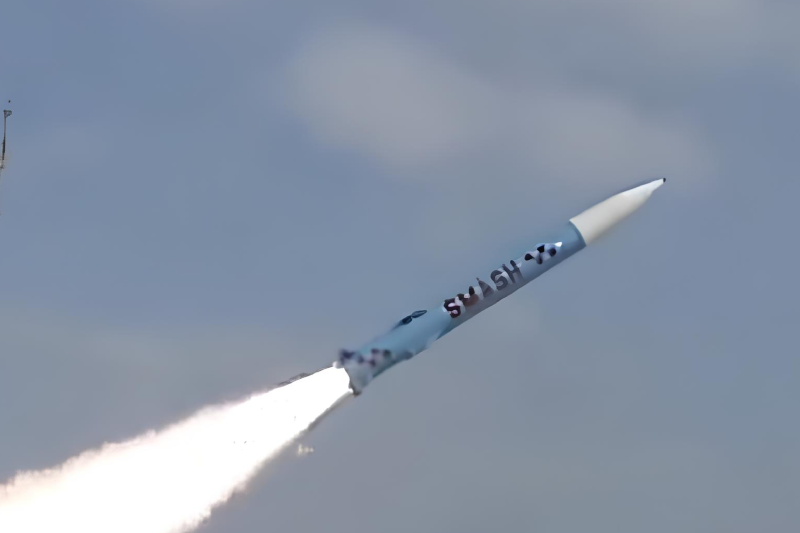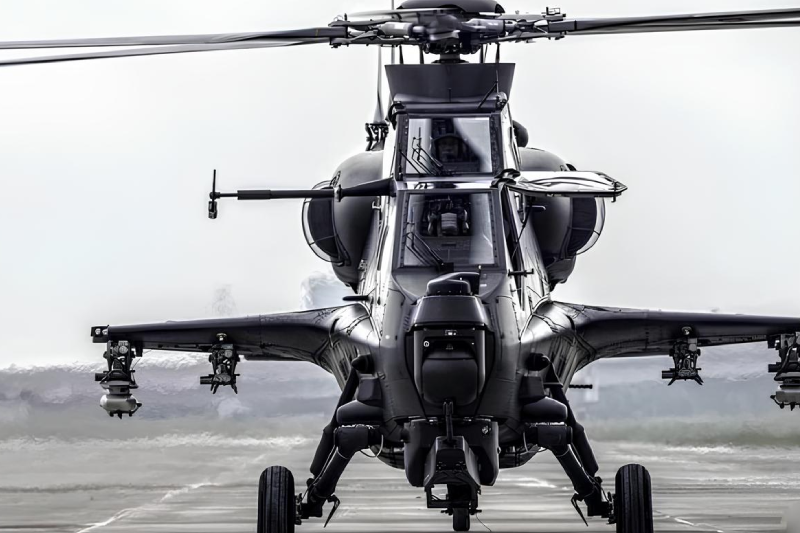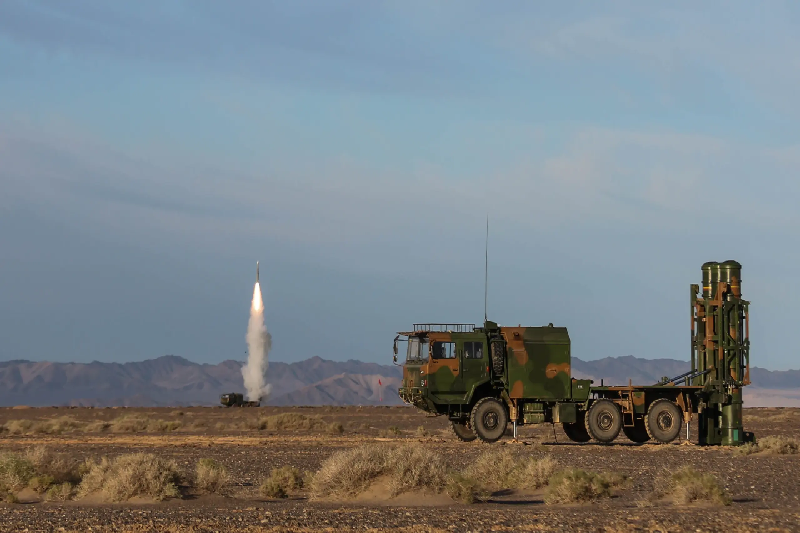US Air Force Trains On HQ-16 Missile Replica
The US Air Force has revealed a highly advanced HQ-16 surface-to-air missile (SAM) replica at the 2025 EAA AirVenture show, which has emerged as one of the respective track solutions to the current purpose of Chinese military air defence security.
This year, the AirVenture event at Oshkosh, Wisconsin, the Wisconsin Air National Guard presented a full-size replica of a missile system, a surrogate target, the HQ-16 Chinese surface-to-air missile. This is the newest high-fidelity replica of our surrogate target vehicles that the U.S. military is now adding to its growing collection of replicas to use in our training scenarios in realistic combat training.
The surrogate target system is specifically a duplicate of a multi-function radar vehicle, which is a component of the HQ-16 battery. According to the commentary, the radar may be deployed on the top part of the back of the vehicle, and this gives the pilots a real look at what they might expect to see in a real-life situation of the war. The main peculiarities of this training replica are:
- High-fidelity visual fidelity to support pilot recognition training
- Mobile architecture that allows specific equipment can be quickly relocated to exercise areas
- Radar signature simulators that can model the real threat systems
- Infrared signature replication of the complete threat simulation
The HQ‑16 is a Chinese medium‑range surface‑to‑air missile manufactured by the Shanghai Academy of Spaceflight Technology, and it represents one of China’s most advanced air defense systems. Notably, it is based on earlier versions of the Russian Buk missile system. Furthermore, its development officially began in 2005, marking a significant step in China’s efforts to enhance its indigenous air defense capabilities.
The actual HQ-16 system provides capabilities that can deliver air defense:
Range: From an initial range of 40 kilometers, upgraded versions have a range of 75 kilometers Launch mode: Vertical launch mode Deployment: ocean-going and ground versions Denomination: Pakistani nomenclature- LY-80
Land-based HQ-16s started to emerge in 2011, and the earliest known variations were reported to be with a range of approximately 40 kilometres; this makes it one of the more common land-based SAMs in use by the People’s Liberation Army.
This form of training is defined by strategic importance; the training must be strategic in order to be considered as a surrogate target training. Strategic importance defines this type of training by its position as strategic and predominant in the establishment of the program, tactic, and plan. The strategy establishes what is important or how essential the training is in consideration of the following: direction, which is the establishment of the program, tactic and plan, strategic place, which is the position of the training, and the subsidiary aspect, which includes matters regarding the importance of the training.
The use of HQ-16 simulators is evidence of adaptive training patterns of the U.S. military to meet the changing threats in the world. The lead-in at AirVenture 2025 is that the HQ-16 surrogate is a surrogate for Chinese technology, yet the U.S. Air Force is not just running simulated threats; it is figuring out how to train its personnel to discover and kill systems modeled after Chinese technology.
Also Read This: Lockheed Secures $2B Deal to Restock THAAD Interceptors
The use of high-fidelity replicas in training military staff offers several key benefits, including…:
Improved Recognition Skills: Realistic exposure of pilots to threat depictions produces vital skills to identify targets.
Dynamic Training Scenarios: By building the replicas to be easily transportable, operators can quickly switch and reposition the targets, enabling the ranges to remain dynamic in much the same way as a real battlespace.
Training economy: By using surrogate target equipment, military forces can therefore conduct intensive training at a relatively low cost, while also avoiding the added expense and complexity of live‑fire exercises against expensive equipment.
Full Threat Simulation: Moreover, the system accurately reproduces radar, infrared, and visual threat signatures along with their corresponding visual appearance.
This is not the only application of surrogate targets in the area of military training. Such usage of full-scale replicas is not unusual, nor does it appear only in the U.S. military, though that usage does appear frequently overseas as well.
The Nevada Test and Training Range has a long history of using real foreign equipment in the training process. In fact, the U.S. has even been observed using Russian-built or Soviet-built radar systems right outside its training centers. As a result, this approach provides an effective 1:1 simulation for the military, thereby ensuring realistic training against potential threats.
The U.S. military recently used the HQ-16 system in combat and gathered information useful for planning. When Indian and Pakistani forces clashed in May 2025, Pakistan employed HQ-16 (LY-80) systems to target Indian aircraft, but the success of these strikes remains classified.
The debut of the HQ-16 replica was at a historical AirVenture. As it is this year, it had a record-breaking attendance of 704,000 visitors, meaning that this show is its own most popular record breaker, and with more than 10,000 aircraft landing at the local airports. Those Veterans Who Serve in the Army also attend AirVenture.The entire exhibit of the Wisconsin Air National Guard consisted of:
- HQ-16 SAM target simulator
- Display of infantry and gun equipment
- Helicopter fighting exhibitions
- Exhibitions of air-to-air technologies using KC-135 and F-35 planes
The deployment of Chinese-specific surrogate objectives, such as the HQ-16 replica, is a sign of strategic change in areas of U.S. military training. Moreover, the rapid technological advancement in China, coupled with its divestment from relying on Russian-based equipment, consequently places China at the forefront of the minds of threat analysts
This growth is representative of a larger shift in military affairs on the planet:
Technology Transfer: The Chinese systems, being modern now, would have a couple of divergent designs as compared to those of the Russians
Regional Tensions: Increasing attention on the Pacific theater capabilities
Training Adaptation: Recommendations for adopting military education training to meet national threats.
Moreover, the U.S. Air Force actively uses HQ-16 SAM replicas as an example of advanced training in large-scale modern military operations. In particular, it combines high-fidelity threat simulation with inverted simulation to teach skilled pilots practical skills. With the ever-evolving technologies of militaries worldwide, these targeted training systems will be worth more and more in terms of sustaining air superiority as well as having pilots ready.
The presentation of the Wisconsin Air National Guard at the EAA AirVenture 2025 confirms the further commitment of America to train its military personnel to respond to modern challenges and, at the same time, present some breakthrough training opportunities available not only to military professionals but also to the civilian aviation community.
Join us on Facebook, Twitter, YouTube, Instagram, and TikTok for real-time coverage of defense events worldwide.
Discover more from International Defence Analysis
Subscribe to get the latest posts sent to your email.




